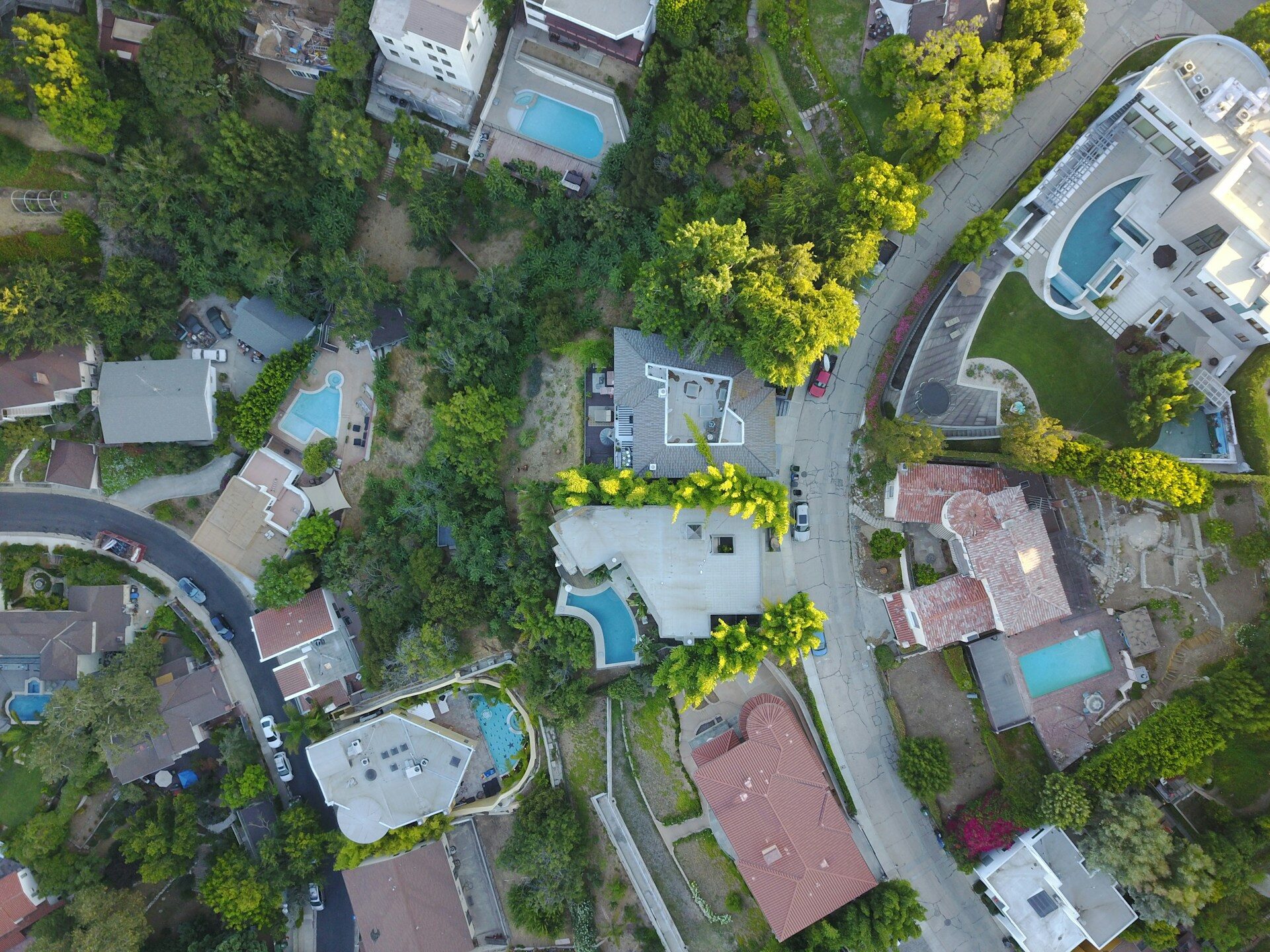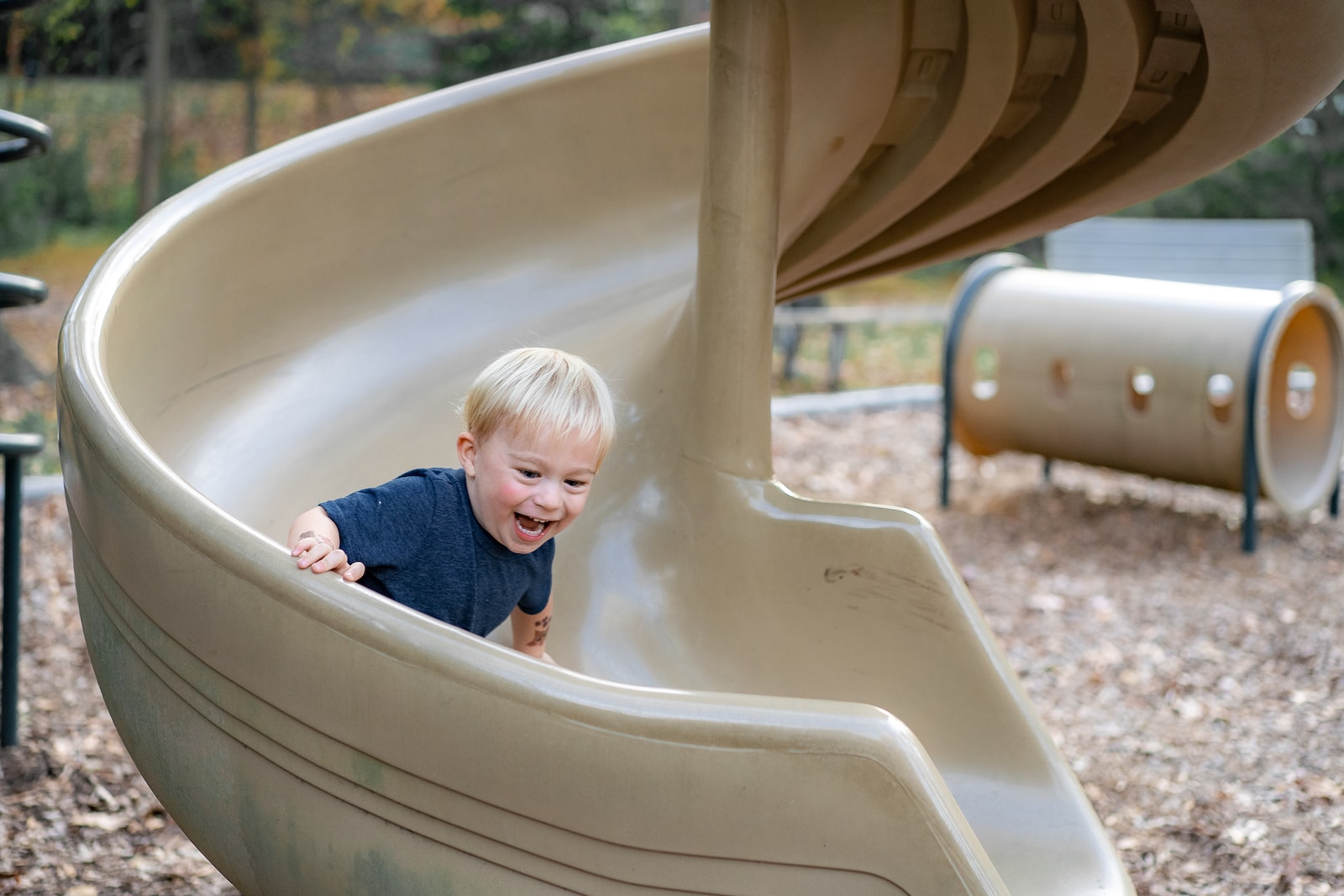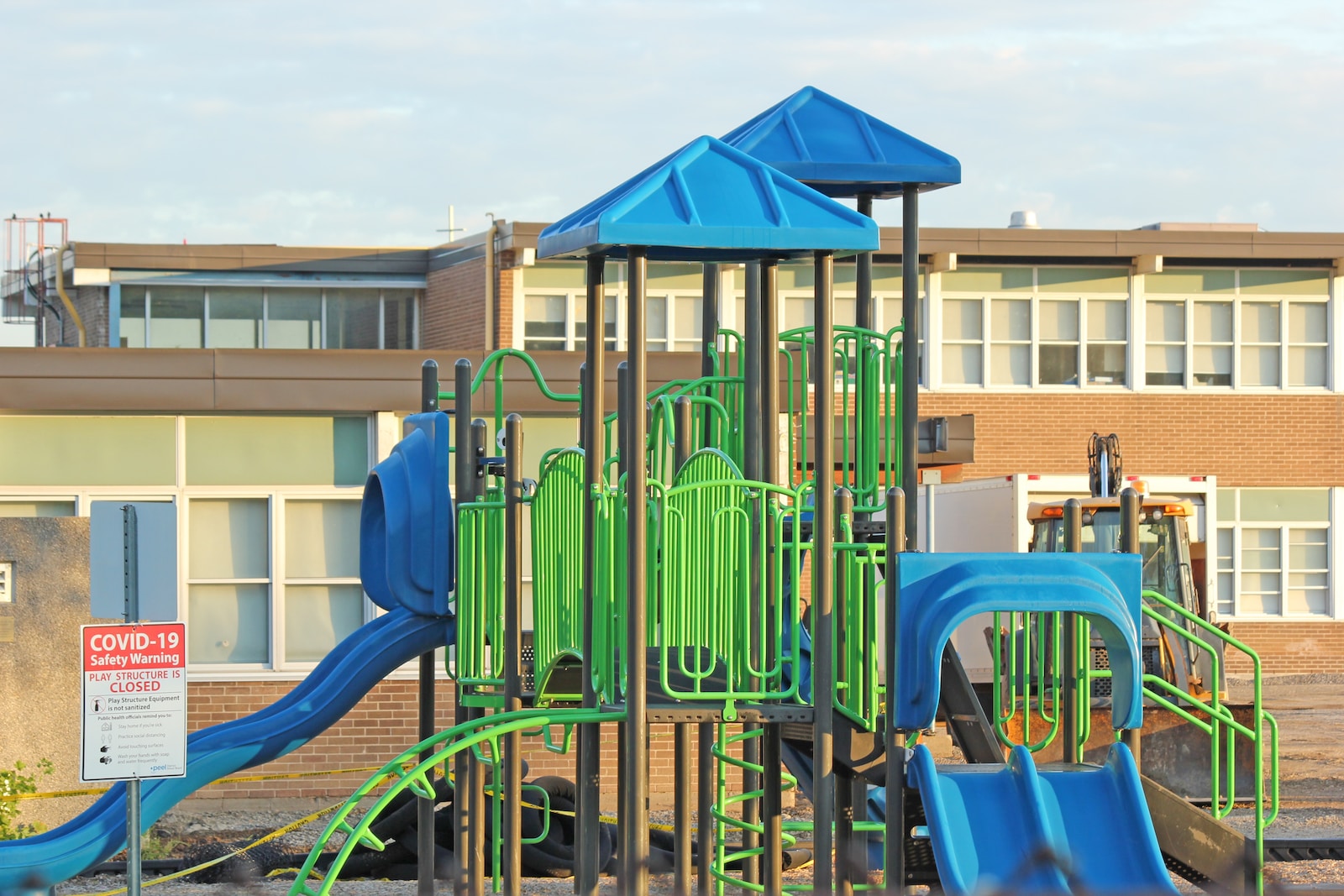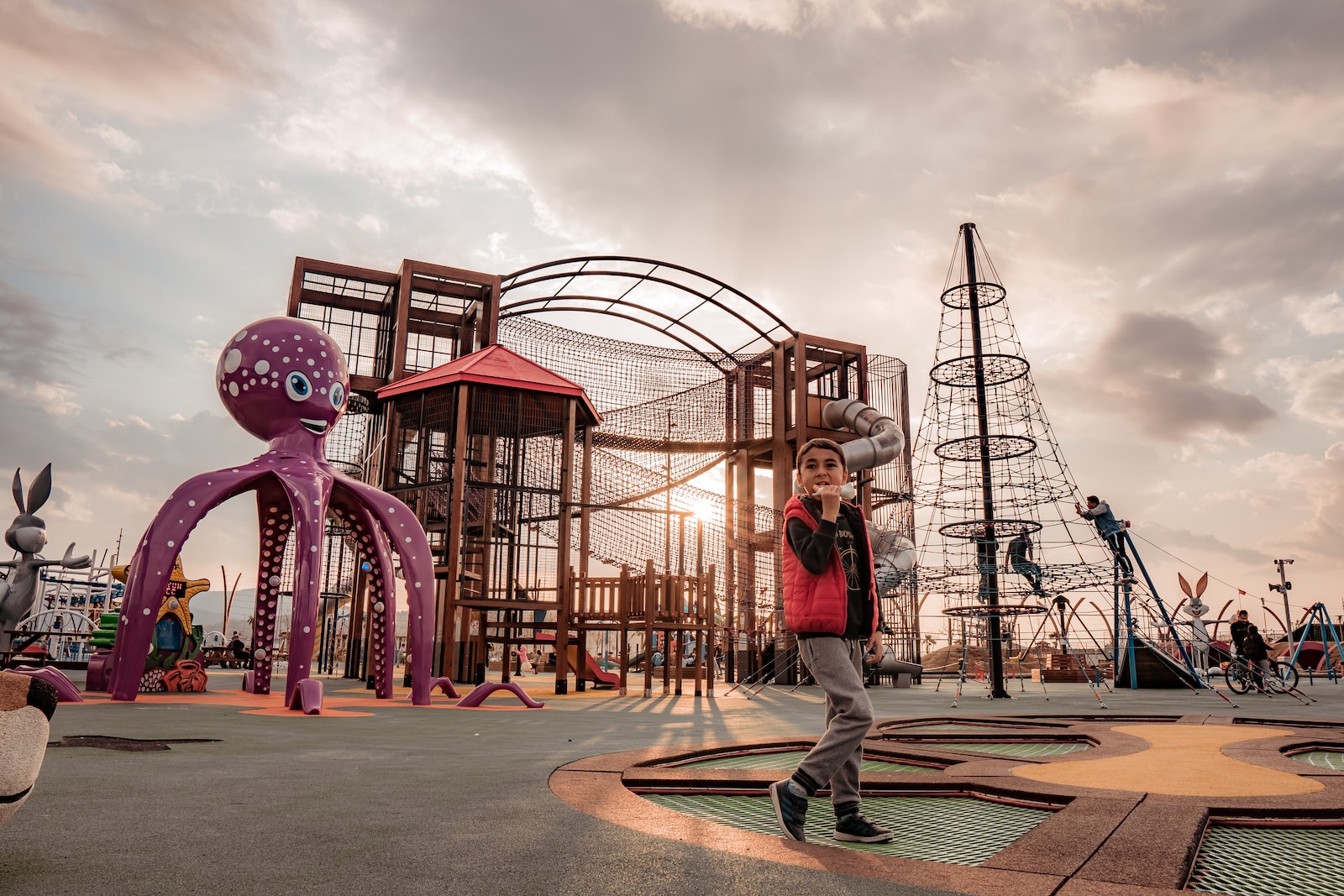Abstract
An increasing number of children live in apartments due to global trends in urbanization. However, little attention has been paid to the communal open spaces that are appropriate and attractive to children. This study aims to identify characteristics that significantly impact the quality of child-friendly communal open spaces within multi-story residential neighborhoods. The paper first reviewed the relevant literature to develop a conceptual framework. The measurements for the framework factors were then calculated through two online questionnaires seeking the perspectives of children and parents. Participants consist of 441 children aged 6–12 years and 576 parents. Both groups were living in 3 to 9-story residential buildings in Sanandaj, Iran. The findings show the four most significant factors for a child-friendly communal open space: “connection with nature”, “spatial flexibility”, “social networking”, and “safety/security”, in this order. Water play is the most significant indicator of child-friendliness followed by the provision of a variety of play equipment and natural environments. The most significant safety indicators for children are the availability of an outdoor shelter and soft surface materials. While children prefer free space for self-directed activities, parents ranked formal sports fields higher. We suggest biophilic design and participatory design that involves children and parents.
Journal: Cities
Year: 2025



